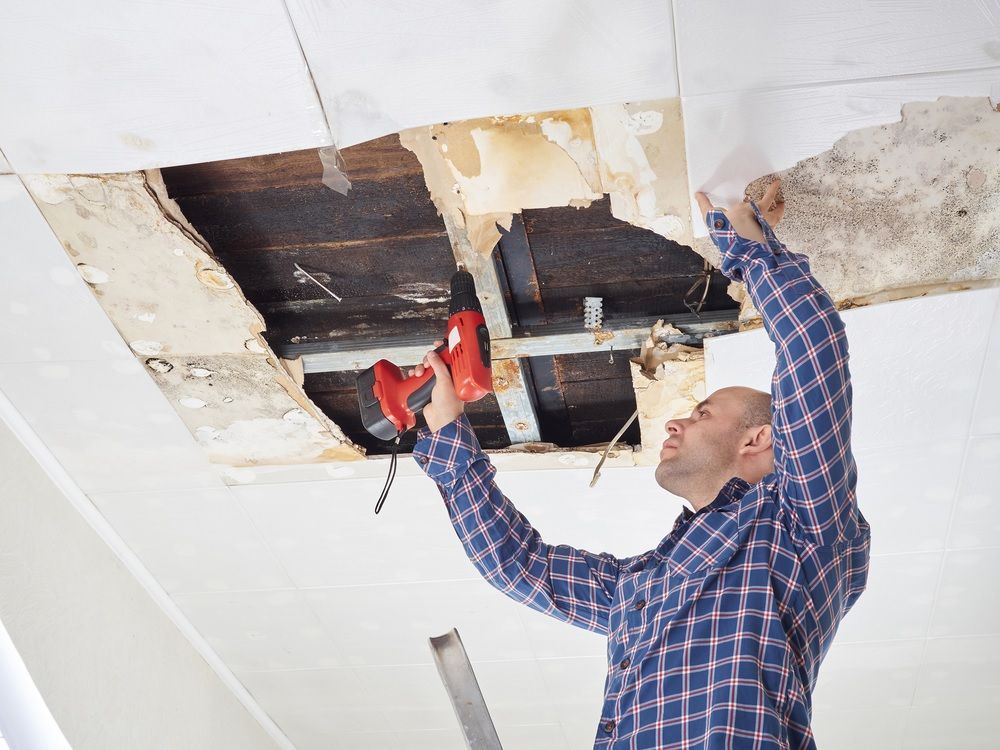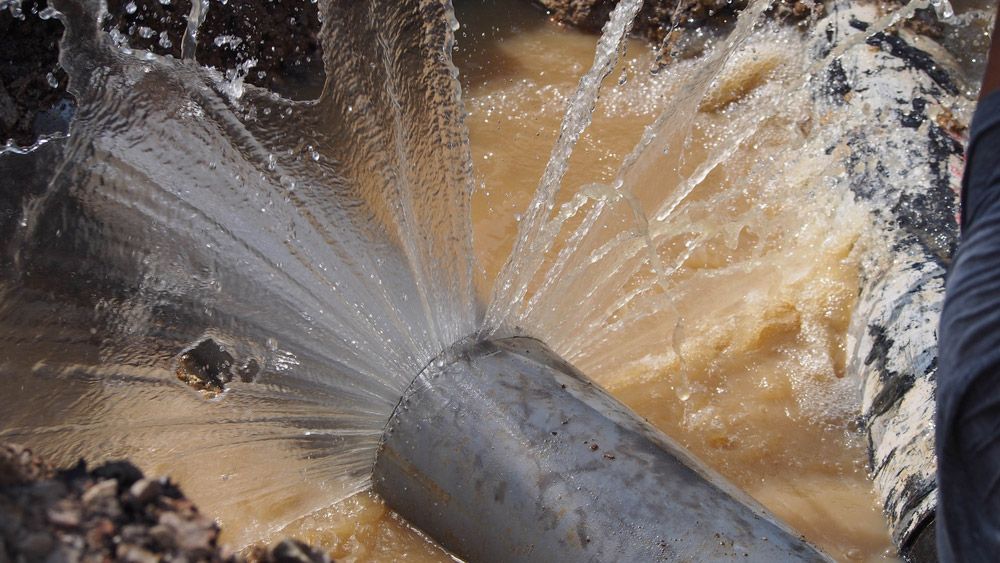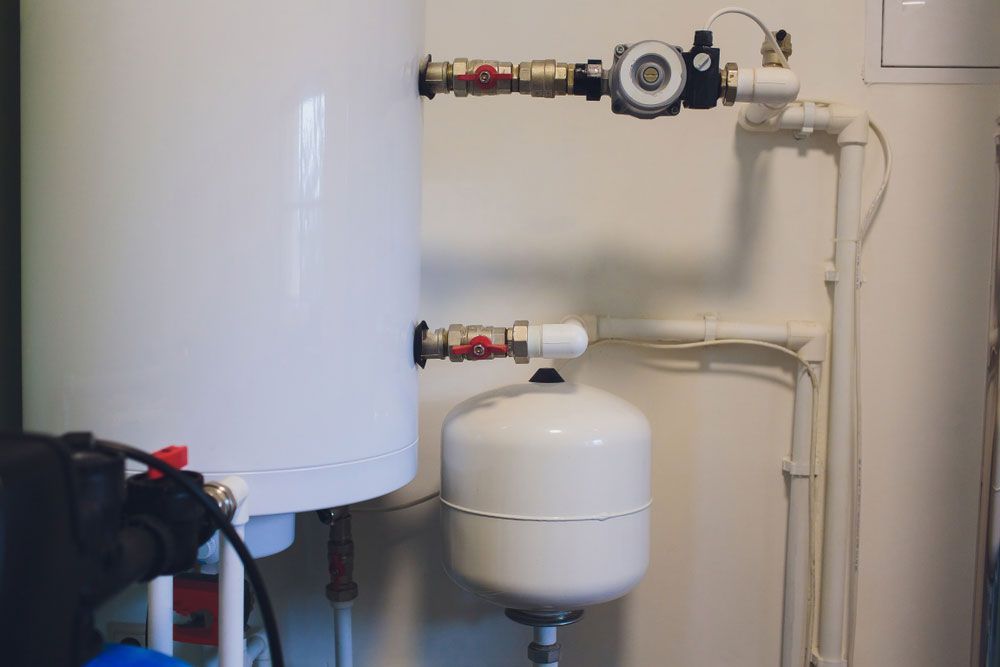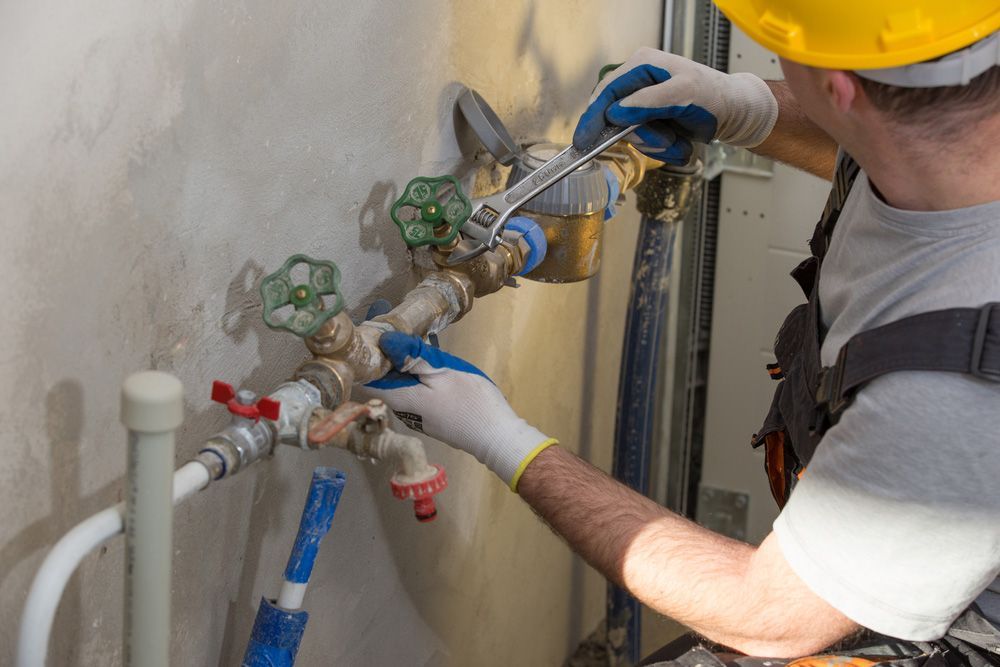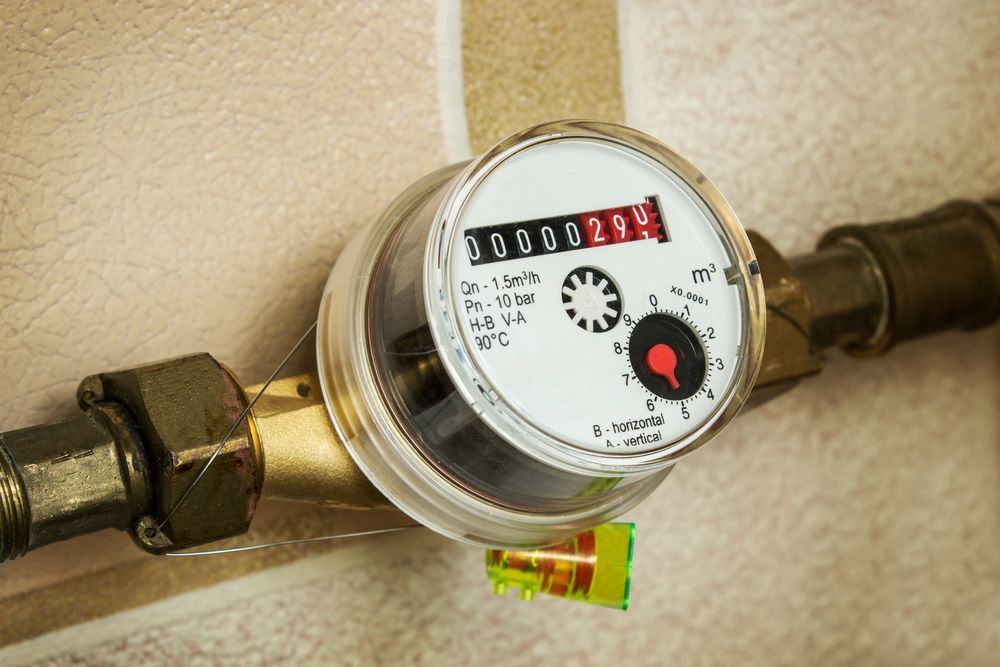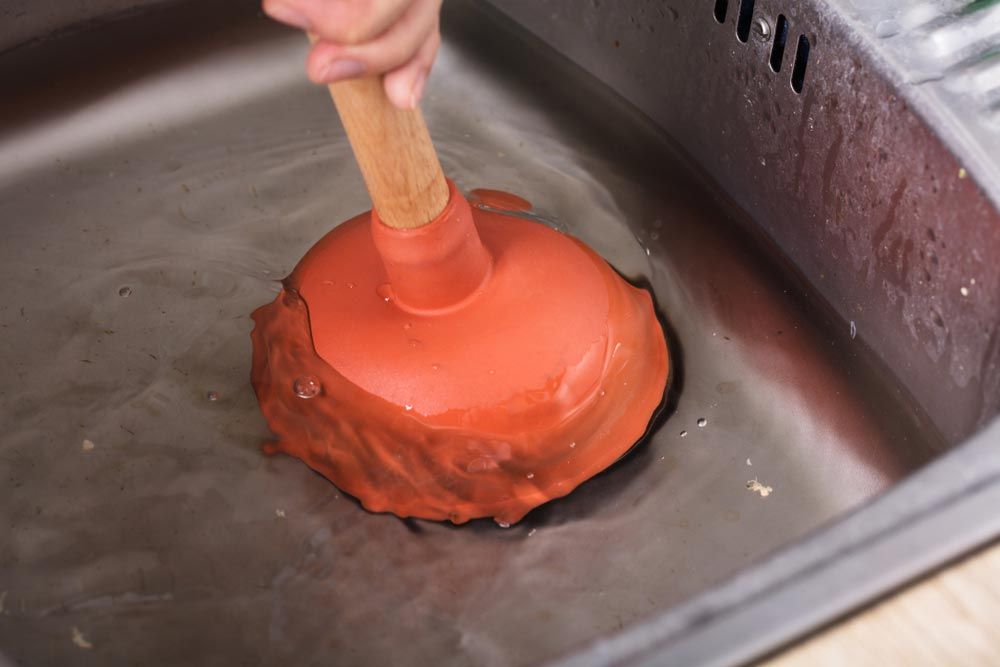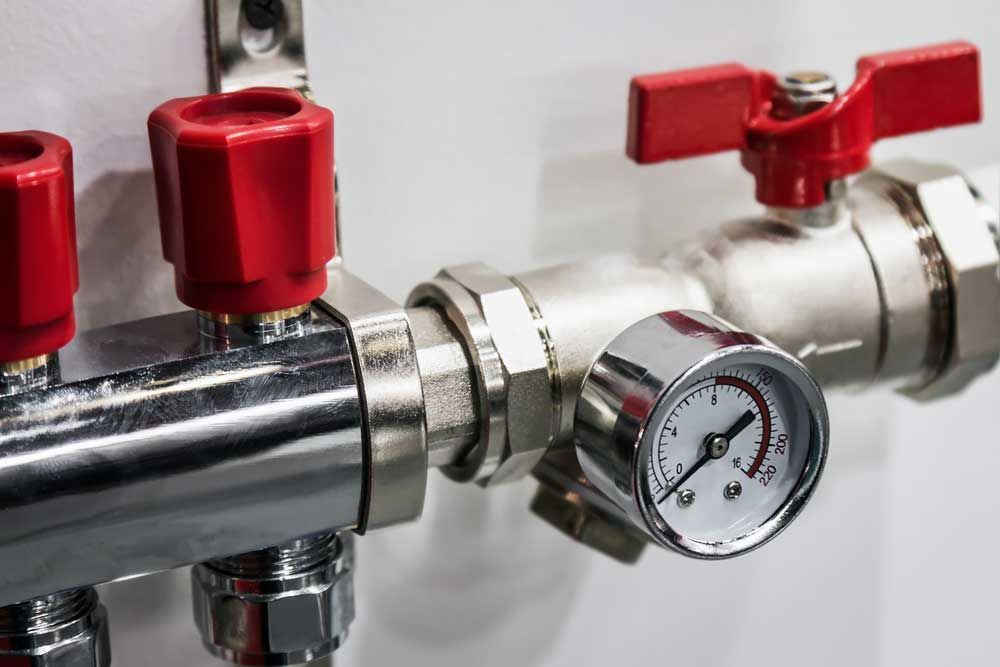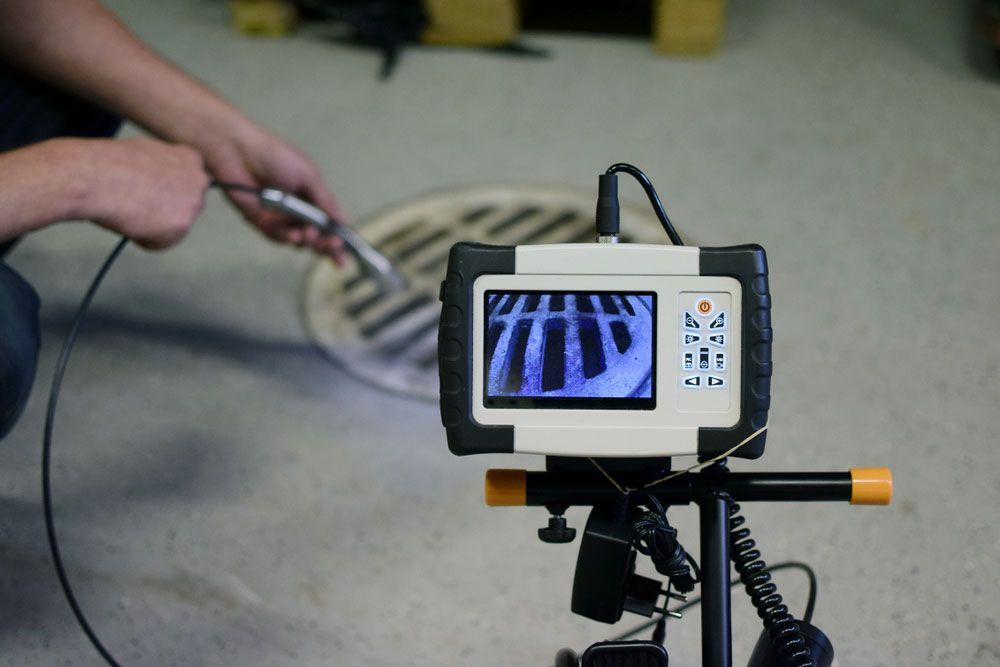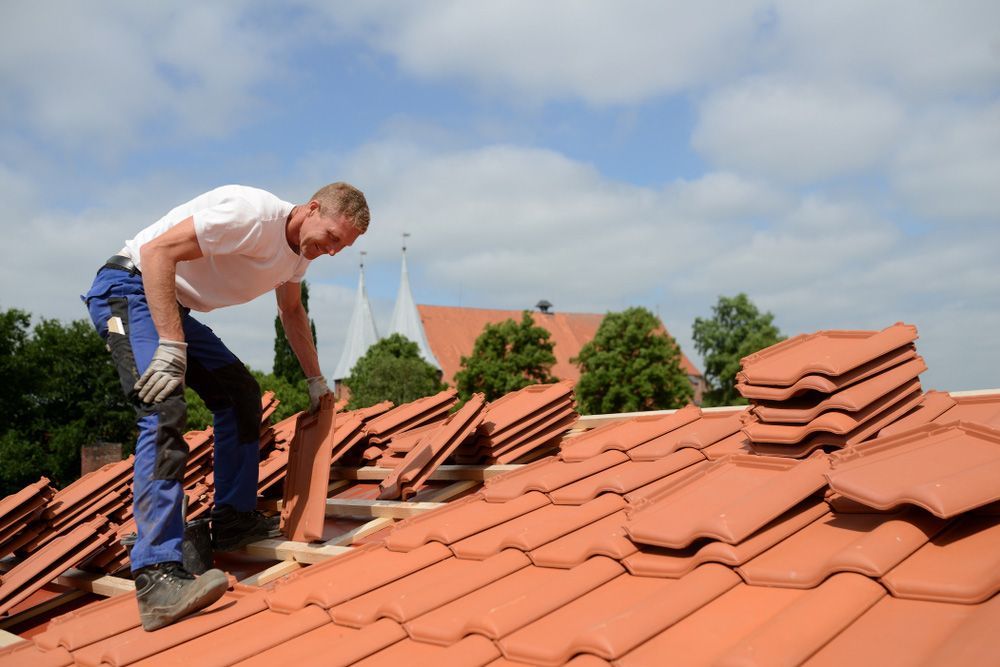What’s The Best Roofing for High Winds, Cyclones & Storms?
Homeowners in Townsville and North Queensland are well aware of the risks posed by tropical storms and cyclones. Griffith University estimates that approximately 10 tropical cyclones hit the region each year.
Most of these are Tropical Cyclones that contain wind speeds of up between 62-88 km/hr. These can cause damage to trees and localised power outages but pose little risk to property and people.
But a handful of storms each year reach the Severe Tropical Cyclone category. These contain wind speeds of 118+ km/hr and are strong enough to cause major structural damage to roofs and outbuildings.
The good news is that you can greatly reduce the risk of damage by ensuring your roof is capable of withstanding higher wind speeds. In this article, we'll look at the wind resistance properties of all the major
roof construction types.
Table of contents:
Metal Roofing
When it comes to cyclone proofing your home, metal roofs are by far the safest and most secure option. The construction of metal roofs provides strong wind and rain resistance for all types of buildings.
The overall performance of the roof will vary depending on roof design and building height. But if installed correctly, a well-designed metal roof such as Colorbond can easily withstand wind speeds up to 257 km/hr.
Along with good wind resistance, metal roofs are also less likely to leak following a storm. This is because the roof construction consists of large metal panels which are not easily lifted or dislodged by high winds.
For more information about the
advantages of Colorbond roofing vs tile roofing, check out our blog.
Composite Tiles
Composite tiles are one of the most common types of roofing material in this part of Australia. They come in many styles and colours making them suitable for almost any style of home.
The wind resistance of composite tiles varies depending on the design. Curved tiles offer the best performance because they interlink to create a strong structure. A roof made from curved composite tiles can withstand wind speeds up to 200 km/hr.
However, every few years a storm hits the area with wind speeds over 200 km/hr. Recent examples include Cyclone Niran 2021 (260 km/hr), Cyclone Debbie 2017 (215 km/hr), and Cyclone Yasi 2011 (250 km/hr). So, keep this in mind if your home is in an exposed position.
Ceramic Tiles
Ceramic roof tiles have excellent fireproofing properties. This makes them popular in regions that are also at risk from bushfires, but the wind resistance of ceramic tiles is similar to composite tiles.
That means the performance of the roof will depend on the style of tile used. Much like composite tiles, curved designs offer the best wind resistance. Spanish style tiles, which are heavily curved, also provide good wind resistance.
But even a carefully designed ceramic roof is unlikely to be able to withstand wind speeds above 200 km/hr. So, this type of roof tile is only suitable for properties located in sheltered areas.
Slate Tiles
Natural slate tiles are popular due to their superior appearance. However, slate roofs cost quite a bit more than other roofing materials, and the wind resistance performance is average at best.
The problem with slate tiles is that they are heavy and the tiles themselves are flat. This allows them to be easily lifted by strong winds. Once lifted they are easily dislodged leaving the roof structure compromised.
The quality of construction is thus important when using slate tiles. You need to ensure the tiles are properly tied down using roof nails every 2 cm. But even if properly installed a slate roof is only going to be able to withstand wind speeds of up to 177 km/hr.
Shingles
Asphalt and wood shingles are less expensive than other roofing materials. And their rustic appearance complements older character style properties. This makes shingles an increasingly popular roofing material.
However, the wind resistance of shingles is much less than other roofing materials. A roof constructed from new wood shingles is only going to be able to withstand wind speeds of up to 177 km/hr.
While a roof made from recycled shingles may only be able to withstand wind speeds up to 80 km/hr. This will result in roof damage during even a modest tropical storm. So it is advisable to make sure a shingle roof is suitable for the location before installation.
Colorbond Roofing in Townsville
Homes in Townsville and North Queensland are often hit by tropical cyclones that can cause significant damage to roofs of all types. So, when considering a replacement roof, you need to ensure it offers high wind resistance.
We are leading installers of
Colorbond roofing in North Queensland. This super tough and cost-effective roofing material was developed for the Australian climate and can withstand wind speeds over 257 km/hr.
Colorbond is also available in 22 colours and comes with a 36-year warranty as standard. If you are looking for a tough durable roof capable of withstanding the strongest Tropical Cyclones, this is your top choice.
Invest in Colorbond Today!
Complete the contact form here for a
FREE Colorbond quote for your home today.
Other Articles You'll Like
Site Links
Contact
QBCC: 1305866
ABN 47600955619
Trading Hours
24h Emergency Service Available
- Monday
- -
- Tuesday
- -
- Wednesday
- -
- Thursday
- -
- Friday
- -
- Saturday
- Closed
- Sunday
- Closed

